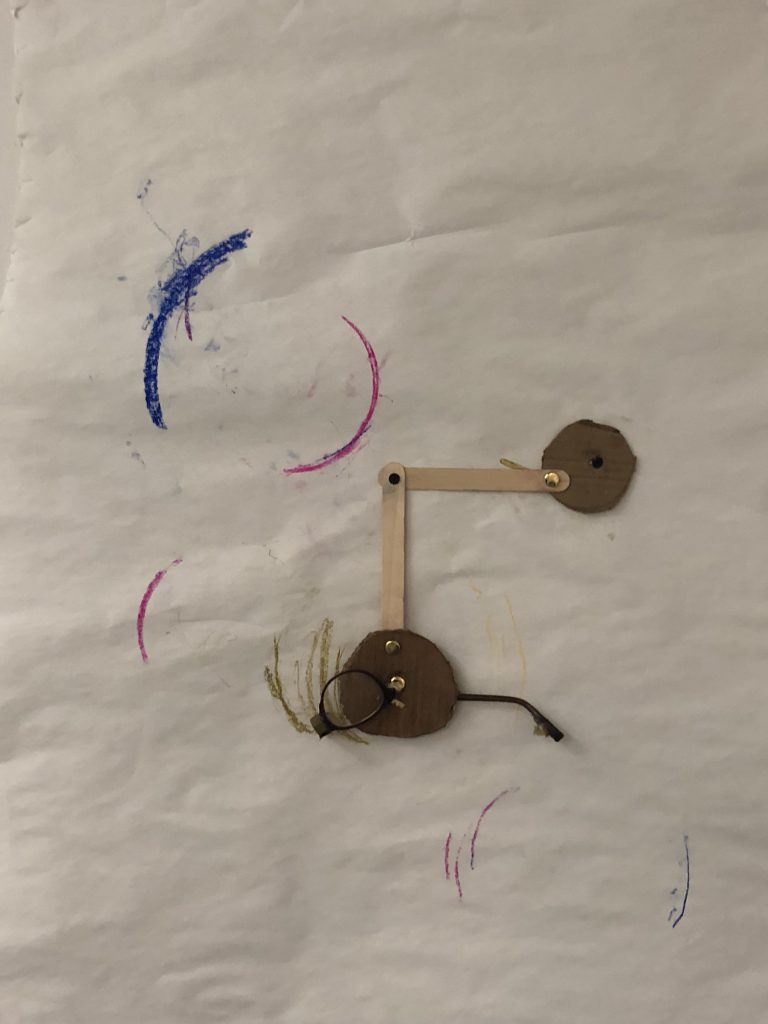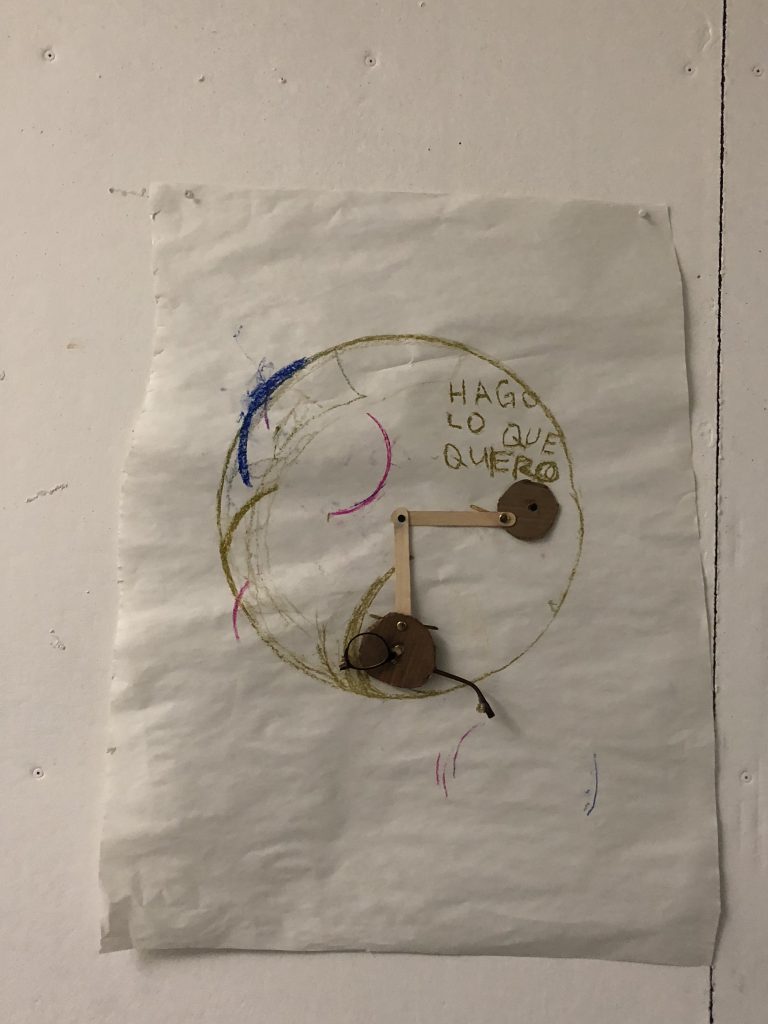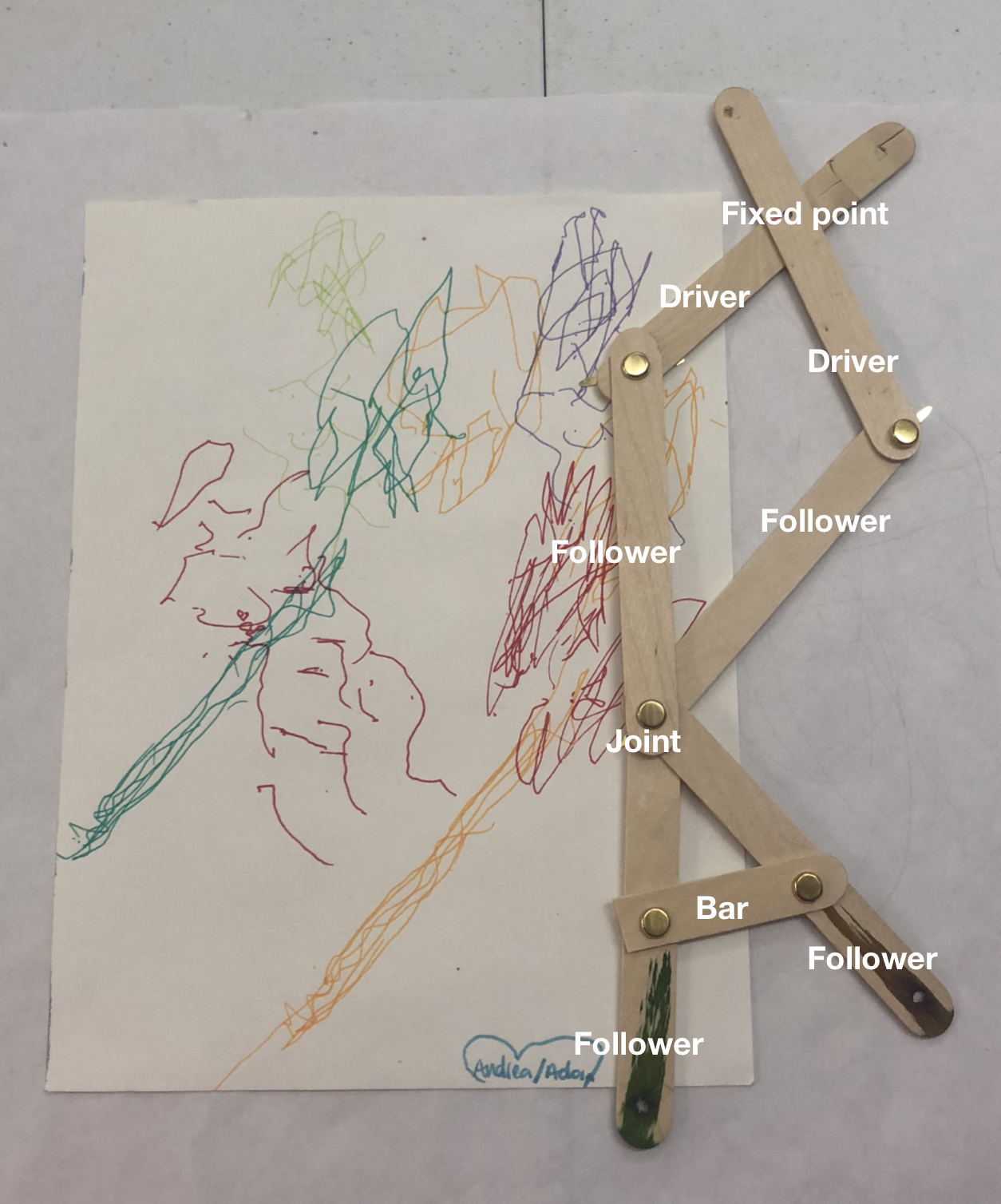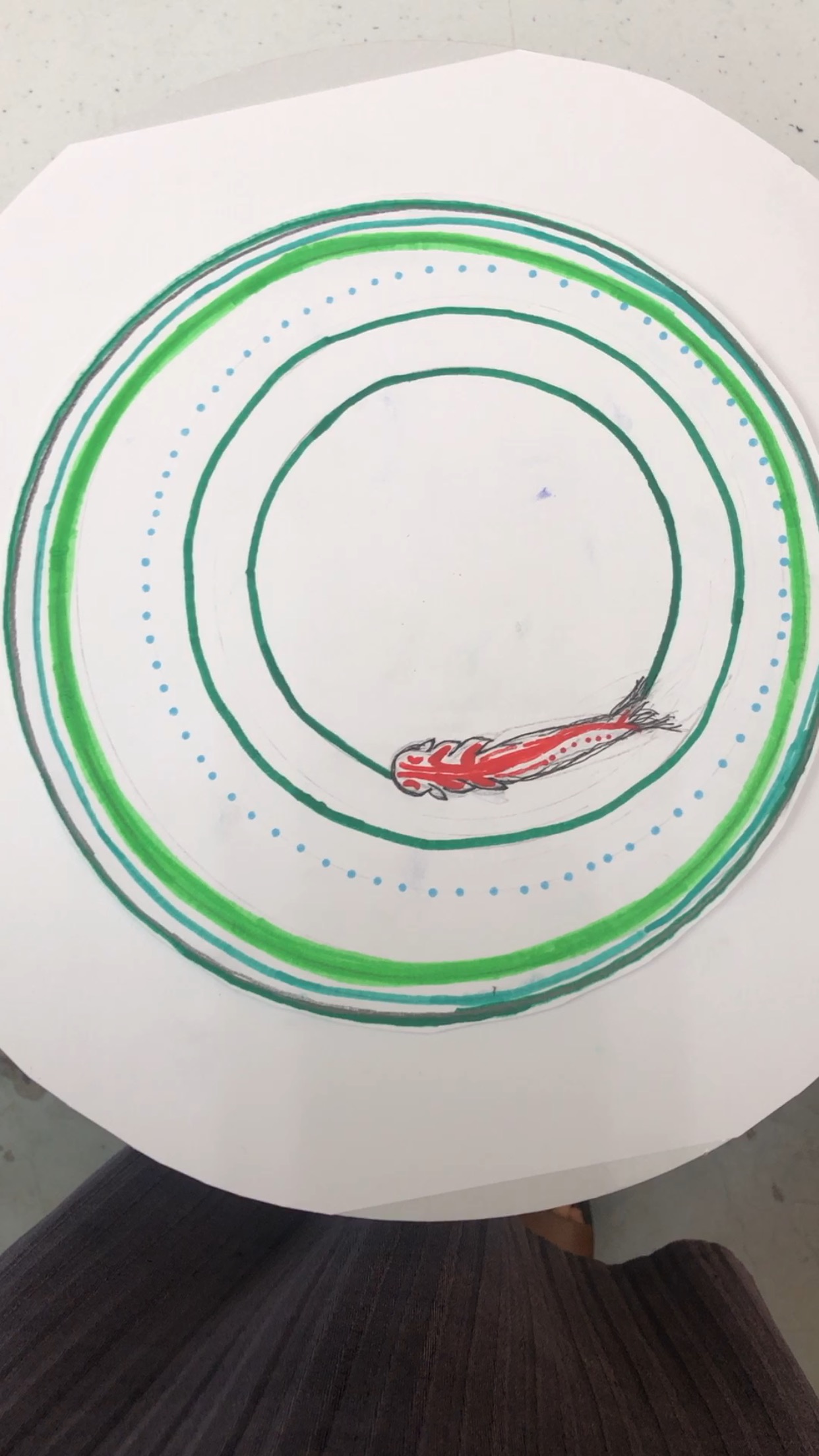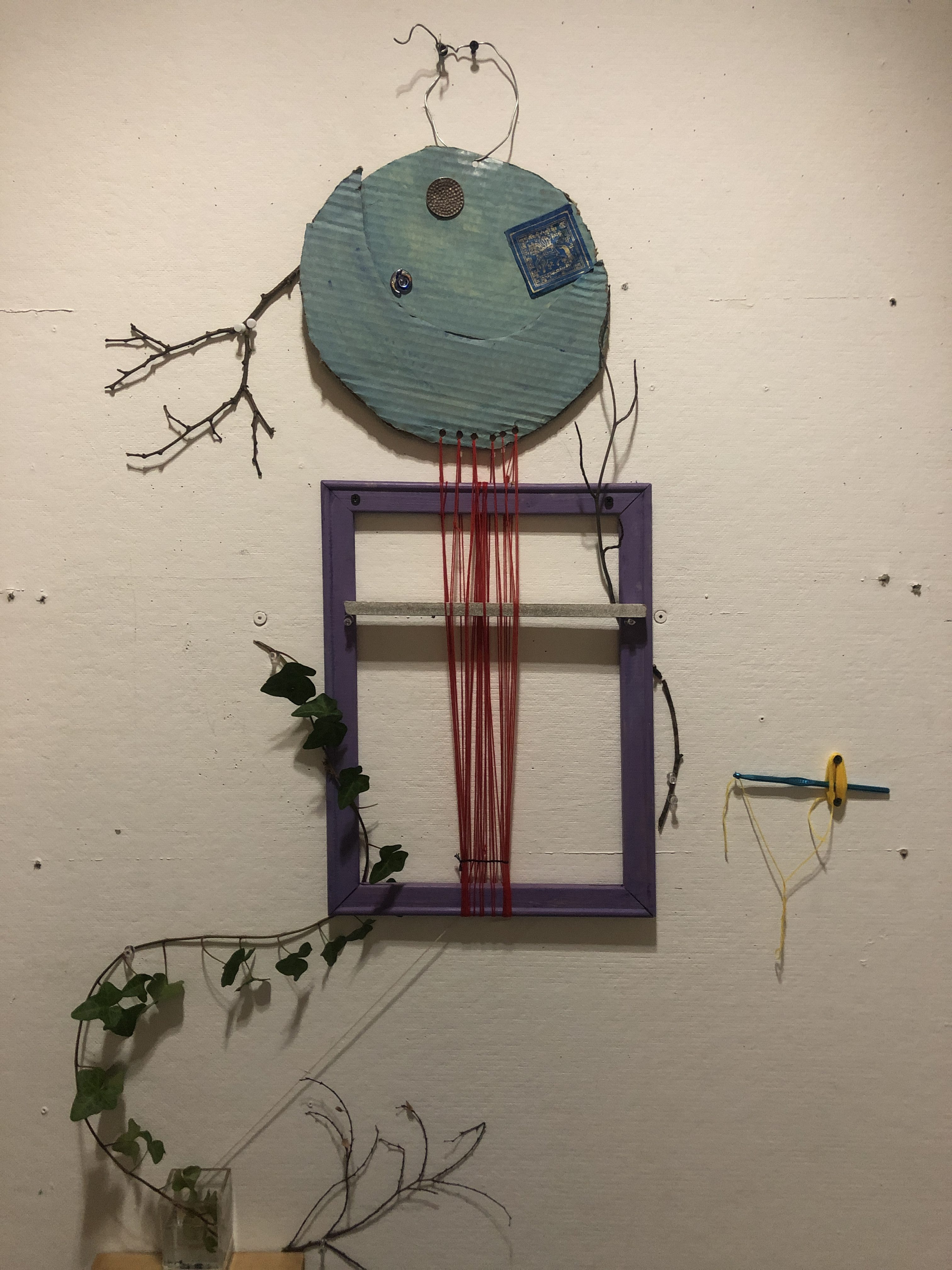Letter to Object
Dear glasses,
I wore you for about two years. You were the first pair I picked out for myself. I probably thought I looked cute and interesting wearing you. Now I think you make my face look fat. You granted me clearer vision after nearly three years of squinting in class and in public and just about anywhere that required me to look beyond my immediate line of sight. People used to think I was shooting them nasty glares before they realized I just needed glasses. I am about to commit to destroying you because you’ve outlived your purpose. You are all bent and stretched and your lenses are scratched and stained. I will admit that I wasn’t too attentive to taking good care of you, so I guess we’re both at fault for your demise. Don’t worry too much about fading into oblivion, you are soon entering a new life that I will reinvent for you. You no longer have to sit on the bridge of my nose and rest over my ears. I can’t imagine that was very comfortable.
If you think about it, I am liberating you from servitude and transcending the mere functional purpose assigned to you by society. In your next life, you will withdraw from the ordinary and mundane mode of existence and find yourself in the realm of the abstract. You will exist to represent concepts bigger than just you and I. You will not simply imitate nature or serve a practical use. Today we denounce practicality. We look towards the unfamiliar and the uncanny to guide our journey of destroying to create. We will strip objects of their assigned values and conventions in pursuit of abstraction. We will reassemble and redefine the movements and limitations of mechanical objects according to free expression and creative intuition.
Sincerely,
Andrea Estrada
Letter to New Object
Dear object,
Welcome back. We have violently clashed and grappled with each other for the past few days, picking at each other’s frustrations, limits, deep dark cores, and apprehensions. I stand before you slightly defeated and outstretched, just as you have overextended yourself to transcend your functional purpose and enter the abstract. Remember how I promised to strip you of your assigned conventional value? You used to grant me clearer vision, but today you will grant the world a vision into the uncanny. After reassembling you, I strangely resonated with the fragmentation you had undergone. All distorted and disrupted, you were reborn out of your own ashes, kicking and screaming the whole way. You resisted attaching to the pastels and kept up an impressive fight, but today you draw. You were hesitant to accept the transferral of motion, but today you create form by means of movement. In this life, you serve no one, causing stubborn artists to bend to your will and surrender their autonomy. You engage with the spectator to take form, collaborating with their motion and vision to translate onto the canvas.
With love,
Andrea Estrada
Broeckmann & Destroy To Create
As I mentioned in my letters, the process of reassembling my glasses into a drawing machine stirred many tensions between the practical mechanics of eyewear and my intention to manipulate them according to a reconstructed creative vision. Broeckmann draws upon this power struggle between artist and machine when he frames theories that Gotthard Gunther develops in the essay “The Second Machine.” Gunther poses that humans develop autonomous tools as independent forms of existence between themselves and their environment. The machine thus is a technical appliance that assumes a form of autonomy after its construction from its human creator. My object really resisted when I disrupted its sense of sovereignty that took firm root in its functionality as eyeglasses. Not to my surprise, my eyewear did not willingly accept motion beyond how it was designed to move and similarly rejected the color pastels I hoped to attach to it with hot glue.
The process of deconstruction I underwent resembles Vladimir Tlatlin’s conceptualization of machine art. Tlatinism pursued an innovation of art through the detachment of technical materials from their industrial context in order to turn them into artistic materials. This radical break from the flat surface and representational illusions was marked by a transfer of technical materials into artistic media. The artist surrenders their subjective intention and control over their artwork to work within the constraints of the machine. In order to produce a stable drawing machine, I needed to accept the collaborative relationship between my artistic vision and the extents to which my object could transfer motion and leave its imprint on the canvas.
Stripping a mechanical object down to its fundamental elements or units of material provokes new methods of linking its parts together. Mechanized tools and machines can serve as a sort of creative guide that reveal how materials change their character in certain constructions and simultaneously how construction is affected by the material. The machine serves to display how an artist can support the characteristics of material or suppress them, depending on the form of construction they use. While constructing my drawing machine, I really familiarized myself with the anatomy of my glasses in order to reassemble them in an irregular way that I constitute as art. This process relates to Bruno Munari’s aesthetics of dysfunctionality and uselessness as he upheld that artists should understand the language and nature of their machines to reroute them and produce unconventional artworks such as the one I made above.


